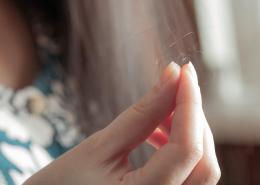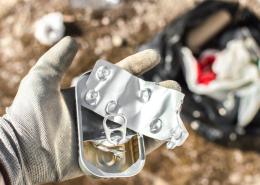Bodily Functions Explained: Itch and Scratch

Meant to remove invaders, either infectious or simply irritating, a scratch is human skin’s first line of defense.
It happens every day. An irritant — a speck of dust, bit of errant clothing fiber, a tiny bug, perhaps — triggers nerve receptors on the skin to send an alert to the brain: “There is something foreign and potentially dangerous that needs to be removed. Now.”
Receptors on specialized nerve cells translate that alarm message into “itch,” then specialized nerve fibers speed the itch signal to the spinal cord to propel it onward to the brain. The brain instantly deploys fingernails back to the itch site, where the friction from nails on skin unseats the invader. A scratch is born.
Skin is 22 feet in total, and part of the massive organ’s express purpose is to protect your body’s vital organs from things like microbes and creepy crawlies that could carry disease. That’s a lot of real estate to rid of assailants, and scratching is skin’s main ally.
But be warned: If a scratch is employed too aggressively, that same friction can slough off a few too many skin cells and cause the area to redden in response— and send more nerve endings into overdrive than the irritant itself ever could.
Starting from Scratch
Sometimes the cause of an itch isn’t an easily removed invader at all. The itch signal source could be internal, caused by anything from sunburn to psoriasis to dandruff to overuse of soap. In these kinds of cases, nothing is worse for getting rid of an itch than scratching.
It can even spawn a vicious cycle. At first, scratching blocks the itch sensation by temporarily distracting the brain with a mild pain sensation. But then the signals start to get a little confusing: The mild pain sensation causes the brain to release serotonin, the body’s natural pain reliever. But the serotonin blocks the mild pain that was blocking the itch. So the brain sends more itch signals. Then more scratches trigger more pain. More pain ratchets up the serotonin. Back to more itching and the infinite loop starts again.
In such chronic cases, experts encourage a gentle rub to replace the classic scratch.
—Johnna Rizzo
For more in this series:





